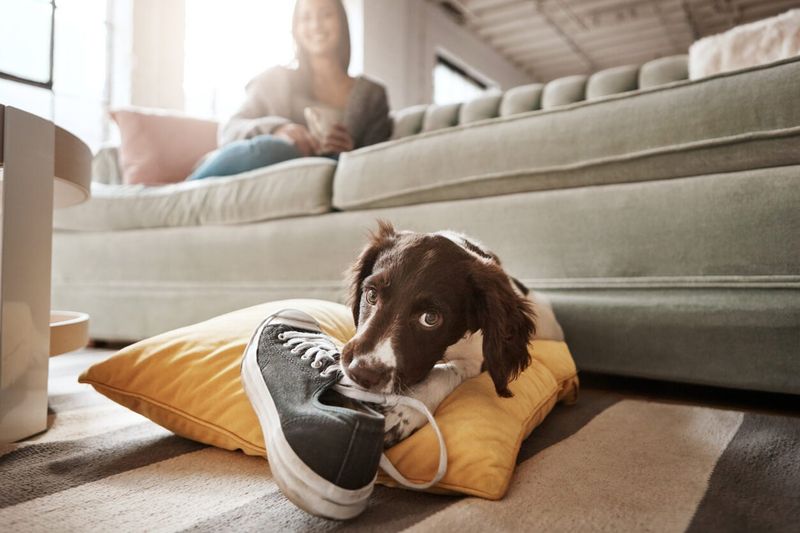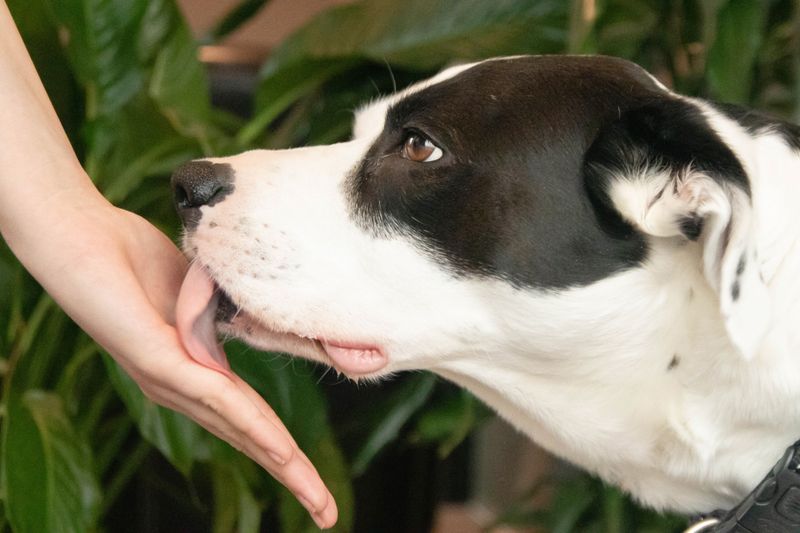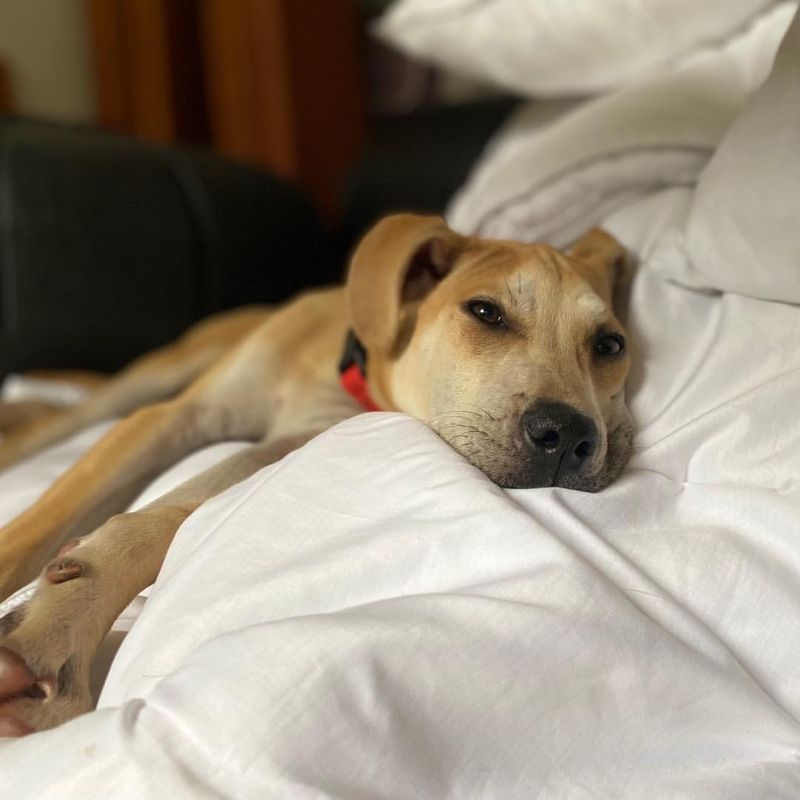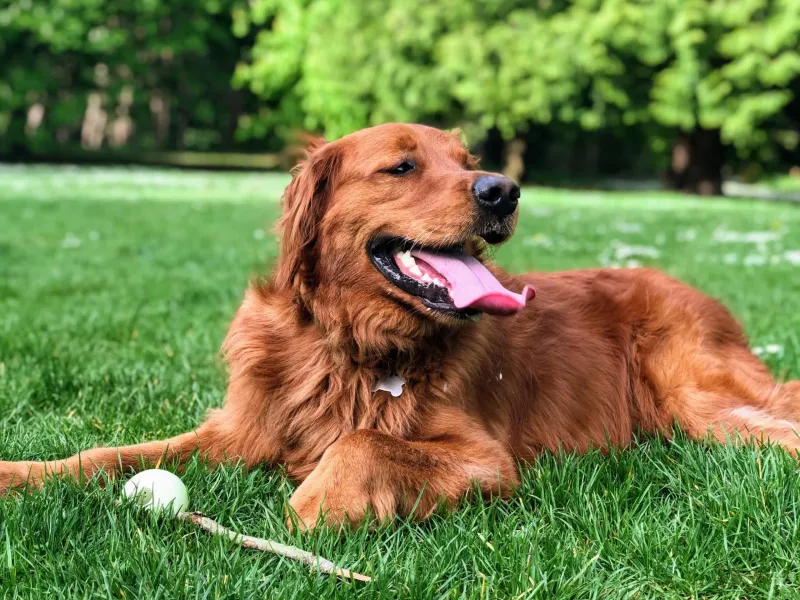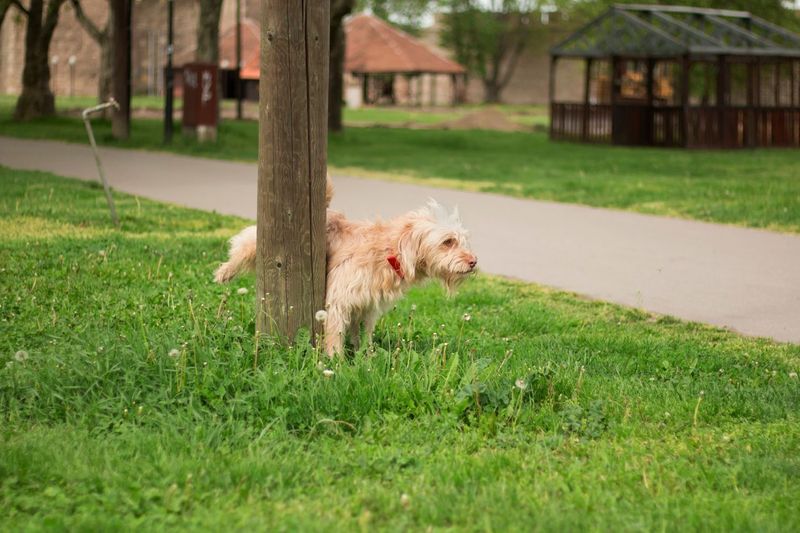📖 Table of Content:
Recognizing your dog’s emotional state is essential for their overall health and happiness. Just like humans, dogs can experience anxiety, which can manifest in various ways. Understanding the signs early on allows you to offer the right care and support, ensuring your dog feels safe and secure.
Anxiety in dogs can stem from many sources, including separation, loud noises, or general stress. It’s important to notice these behaviors so that you can address the root cause of their discomfort. By identifying the warning signs of anxiety, you can create a more comforting environment for your pet.
Being proactive in recognizing anxiety symptoms can greatly improve your dog’s quality of life. With the right support, you can help alleviate their stress and help them feel more at ease. In the following sections, Let’s explore 10 key signs to watch for so you can better understand your dog’s emotional needs.
1. Excessive Barking
A sign of anxiety in dogs can be excessive barking. If your dog is barking more than usual, they may be trying to communicate their distress. Dogs often bark to express unease or fear, especially when left alone.
Noise sensitivity, such as reacting to thunderstorms or loud noises, can also trigger this behavior. It’s essential to determine the cause of the barking to address the root of the anxiety effectively. Providing a safe environment and reassurance can help mitigate their stress.
Consulting a professional trainer may offer strategies to reduce anxiety-driven barking.
2. Destructive Behavior
When your dog engages in destructive behavior, such as chewing on furniture or shoes, it may be a sign of anxiety. This often results from frustration or boredom, particularly when they are left without stimulation. Offering more physical and mental activities can help alleviate this anxiety-driven behavior.
Creating a safe space with toys and engaging activities can help redirect your dog’s energy. Establishing a routine can also provide a sense of security and reduce anxiety-driven destruction.
If the behavior persists, consulting with a veterinarian may help identify underlying issues contributing to their anxiety.
3. Pacing or Restlessness
Dogs that pace or exhibit restlessness may be trying to cope with anxiety. This behavior is often observed when a dog is unable to relax, indicating discomfort or nervousness.
Identifying triggers, such as changes in environment or routine, can help in managing their anxiety. Providing a calm and consistent environment is key to helping your dog feel secure.
Incorporating calming activities, like gentle walks or soothing music, can assist in alleviating their restlessness.
4. Aggression
Anxiety can sometimes be linked to aggression in dogs. If your dog is showing signs of aggression, such as growling or snapping, it may be using these behaviors as a defense mechanism. Recognizing this can help you address the underlying anxiety and offer the right support.
Understanding the cause of aggression is crucial, as it can be triggered by fear or stress. Avoiding situations that provoke aggression and training with positive reinforcement can help manage this behavior.
Professional guidance may be beneficial to address aggression effectively and ensure the safety of both your dog and others.
5. Excessive Licking or Chewing
Excessive licking or chewing, especially of their paws, can signal anxiety in dogs. This behavior often serves as a self-soothing mechanism to help them cope with stress.
Observing when and where your dog engages in this behavior can help identify potential stressors. Providing distractions, such as interactive toys, can divert their attention and reduce anxiety.
Consulting with a veterinarian can rule out medical issues and guide anxiety management strategies.
6. Withdrawal or Hiding
When a dog withdraws or hides, it often signals anxiety. Retreating to secluded spaces or avoiding interaction can be a sign that they are feeling stressed.
Providing a safe and quiet area where your dog can retreat is essential for their comfort. Gradual socialization and positive reinforcement can encourage them to engage more confidently.
If withdrawal persists, seeking advice from a professional can help address underlying anxiety issues.
7. Changes in Appetite
Anxiety can cause significant changes in a dog’s appetite. If your dog suddenly loses interest in food or begins overeating, it may be linked to emotional distress.
Monitoring their eating habits can provide clues about their mental state. Offering a balanced diet and maintaining a feeding routine can contribute to their sense of stability.
Consulting a vet is advisable to rule out medical causes and to develop a plan to manage anxiety-related appetite changes.
8. Excessive Panting
If your dog is panting excessively without physical exertion or heat, it may be a sign of anxiety. This response is often triggered by stress.
Recognizing patterns in your dog’s panting behavior can help identify anxiety triggers. Ensuring a cool, comfortable environment and offering water can alleviate some symptoms.
Behavioral interventions and veterinary advice can provide additional support for managing anxiety-induced panting.
9. Urinating or Defecating Indoors
Accidents indoors can be a symptom of anxiety in dogs. If your well-trained dog starts urinating or defecating inside, it could be a stress response.
Identifying stressors, such as changes in routine or environment, can help address this issue. Consistent training and patience are key to managing this behavior.
In some cases, consulting a veterinarian can rule out medical conditions and help create an effective anxiety management plan.
10. Clinginess or Seeking Constant Attention
A sign of anxiety in dogs can be clinginess or a constant need for attention. If your dog follows you everywhere or becomes overly attached, they may be seeking comfort.
Ensuring your dog feels secure by establishing routines and providing reassurance can help reduce anxiety. Teaching independence through gradual alone time can also be beneficial.
If the behavior becomes excessive, professional guidance can help develop strategies to address anxiety and promote a healthy balance.


